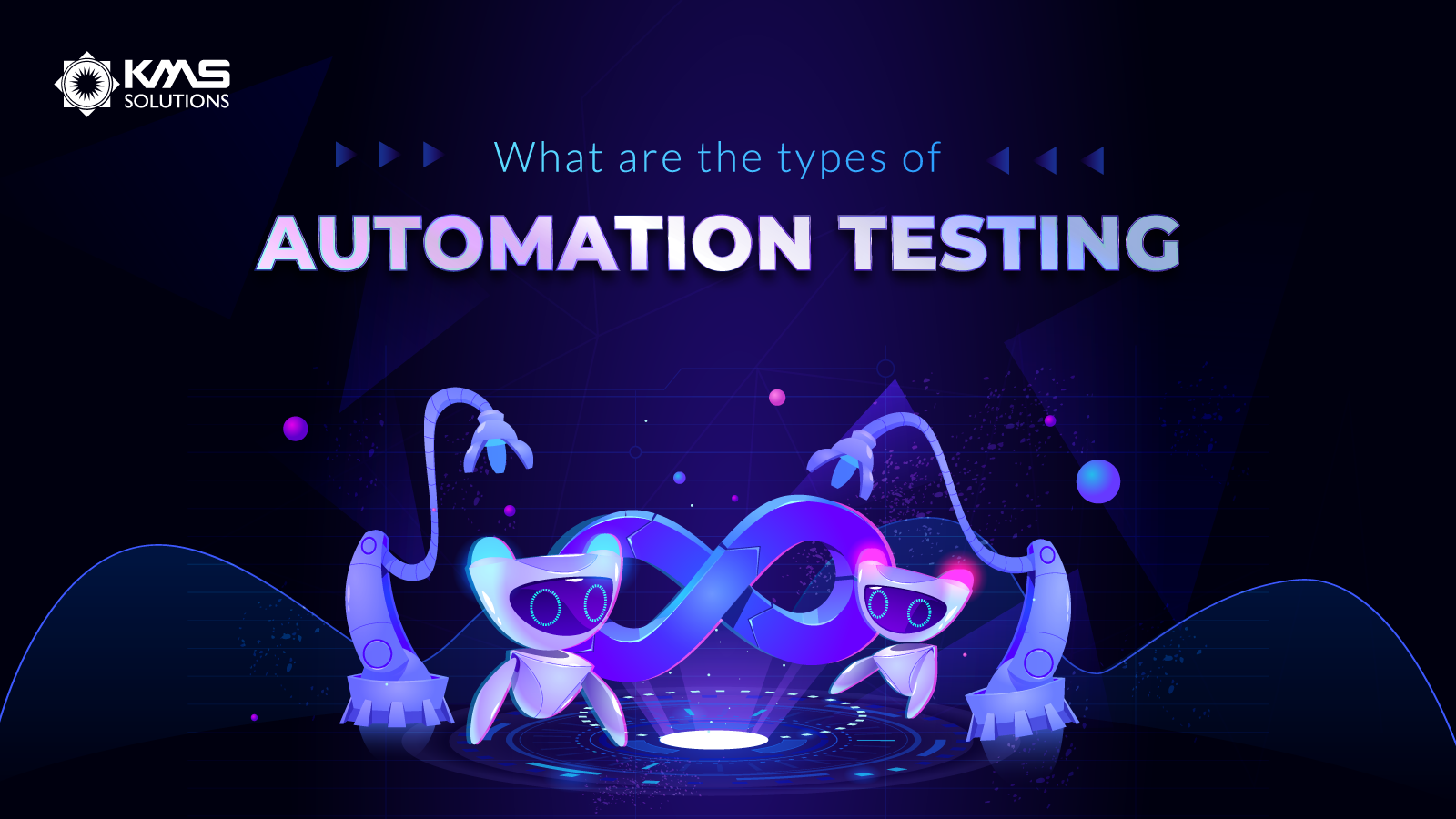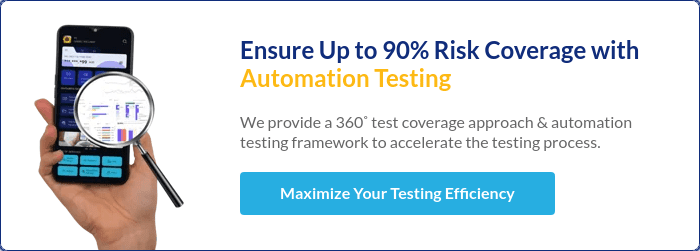We all know that Manual Testing and Automation Testing are the 2 types of Software Testing. Both have the same purpose: to help testers run test cases; and then compare the test results with the requirement.
But, while Manual Testing works fine for certain test cases, it is time- and cost-consuming in the long run. If you are applying modern software development methods such as Agile, chances are that you have lots of iterative development cycles. These methods require you to run a test multiple times. In this case, Manual Testing, with its repetitive and error-prone nature, is no longer suitable.
Test Automation can help you automate the execution of lots of tests and testing phases. Depending on the nature of your project, Test Automation can offer greater ROI when compared to Manual Testing. In this article, we will discuss some of the most popular types of automation testing. It will be a checklist for you to choose the right automated tests for your next project.
To learn more about Test Automation, access our Digital Testing library.
Types of Automation TestingWhen talking about the types of automation testing, different people can mean very different things. But most often, they can be referring to either:
(1) The types of testing (think functional and non-functional) to be automated
(2) The types of test (think API tests or Regression tests) to be automated; or
(3) The phase of testing (think Unit Testing or UI Testing) to be automated
These classifications can overlap each other, and which to use depends on the testing workflow or project you are working on. You will have an overall view of them all in this article.
Types of Testing
The 2 main types of testing you can automate are: functional and non-functional.
- Functional Testing: verifying each function of the software against its requirements. For example, a banking software solution such as a mobile banking app should be able to transact money once the user has completed all the tasks.
- Non-functional Testing: verifying the non-functional attributes of the software, such as performance, usability, and reliability. Back to the mobile banking app example, it should be strong enough to complete the transaction in real-time, with maximum security.
Types of Test
If you are looking to automate specific types of tests, you want to consider Smoke Tests, Integration Tests, Regression Tests, Performance Tests, Acceptance Tests, etc.
- Smoke Tests: Testing only the most important features of the software. It is done immediately after a given build is created to see if the feature is ready for the next testing phase. As smoke tests are often small and are run multiple times, it’s a suitable candidate for automation testing.
- Integration Tests: grouping all the individual features of a product and test them together to make sure they can work and communicate properly when integrated with each other.
- Regression Tests: checking to see if the recent software change is affecting the overall software. As regression is done repeatedly once each new iteration is completed, it’s always ideal to automate regression testing.
- Security Tests: screening the software to reveal weaknesses and vulnerabilities in the software.
- Performance Tests: evaluating the software’s attributes such as stability and responsiveness when it is put under load and stress.
- Acceptance Tests: verifying that the software is good enough to be used by the end-users.
Phases of Testing
Whatever testing workflow or process that your team is following, Unit Testing, API Testing, and UI Testing are the 3 common testing phases that you can automate.
- Unit Testing: verifying the individual units of the software, hence its name. Its purpose is to isolate the unit to solely test its functionality. Though it usually is the first phase of testing and is written by developers, automation testers are sometimes asked to write them. Unit Testing is automated to test the code level.
- API Testing: ensuring a smooth integration between features and systems. As it is rather a flexible testing phase, either the testing team or the development team can perform it.
- UI Testing: mimicking what users interact with the software in real life. This means that, when automating UI Testing, you simulate users’ behaviors, such as when they use the mouse to move to, and click on an object on the user interface.











